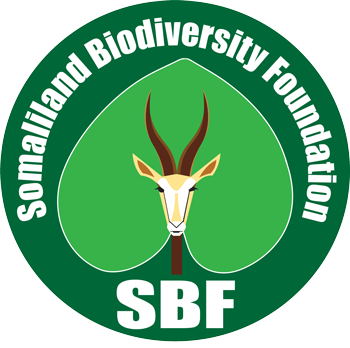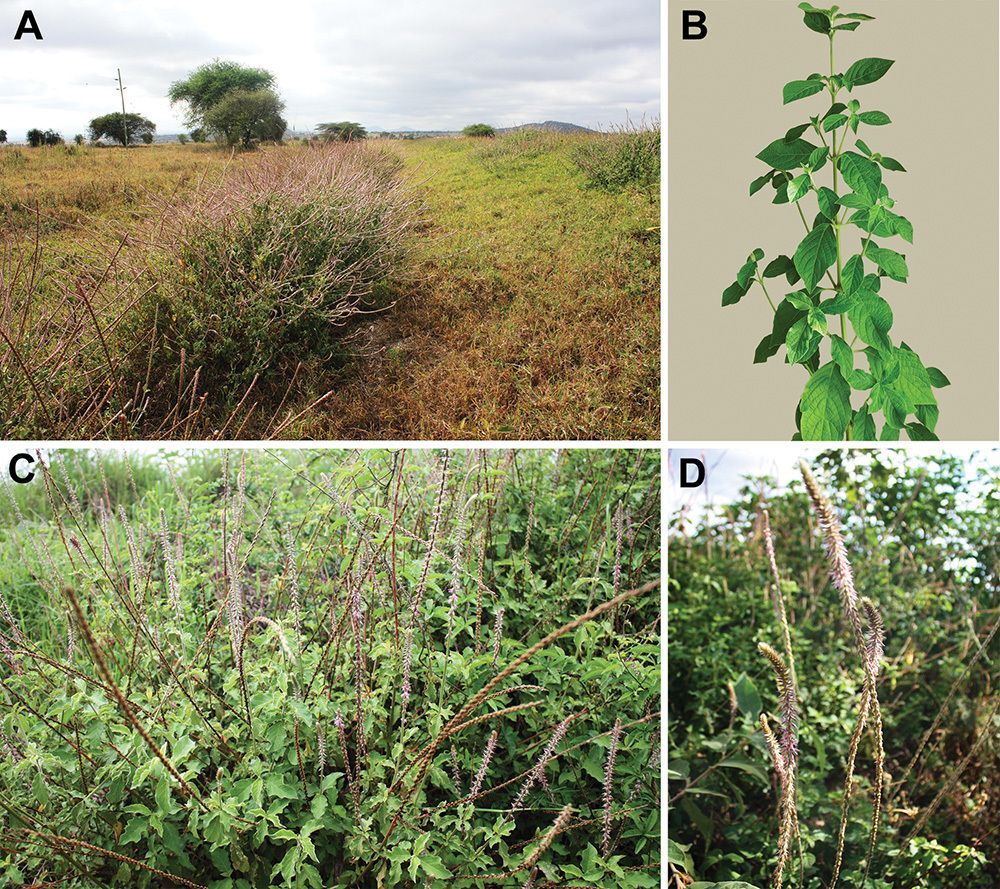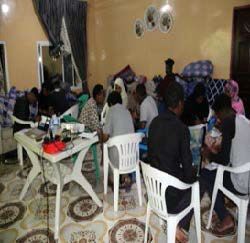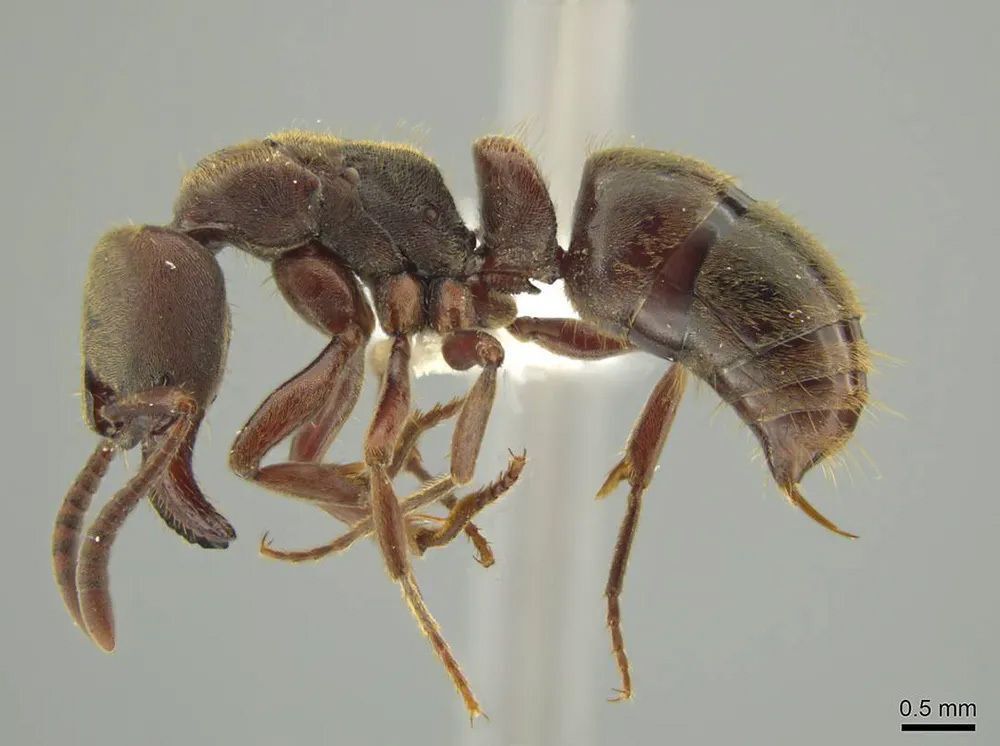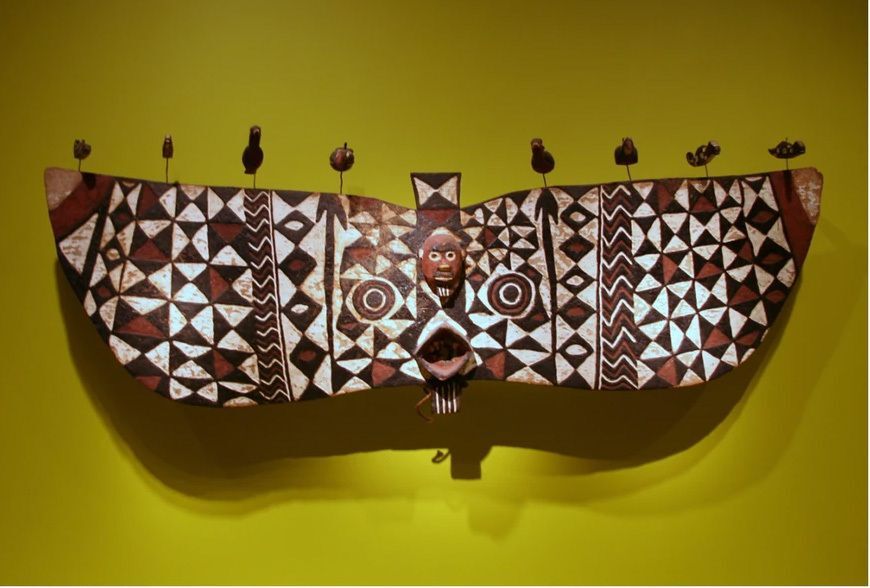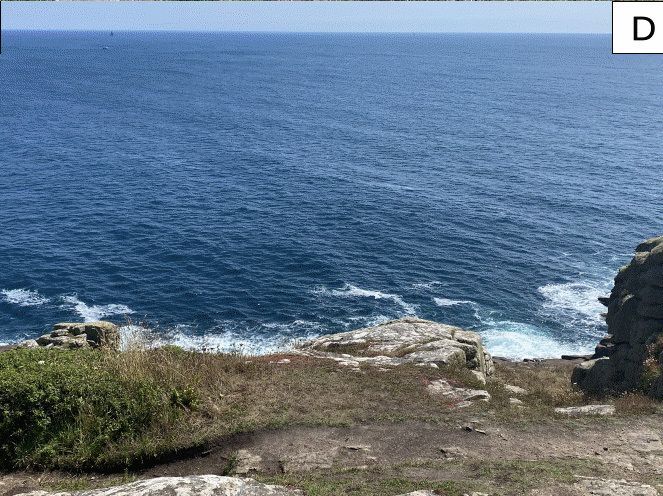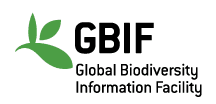Use the box above to enter a search term to look for articles on our website!
A review of specimens identified as Achyranthes aspera revealed that there are several, previously unrecognized species being given the same name. The paper provides a dichotomous key and descriptions for distinguishing seven species (including true Achyranthes aspera (i.e., A. aspera sensu stricto) in Africa and Arabia.
The article analyses an extra-curricular course on climate change that incorporates indigenous and local knowledge. The course is written in Somali. The article offers suggestions for enhancing the value and impact of the course,
Report on the 2024 5-day workshop at Geed Deeble by Hadia Ahmed Bihi
So an insect dies on your car. Does it matter? The article is based on research in the US. Would the results in Somaliland be different? Would the results from paved and unpaved roads differ?
Developing resources for Identifying organisms, whether plants, insects, or fungi, people who have studied multiple representatives of the kind of organism involved in great detail. It is that kind of study that enables experts to say look at these features". This article is about an approach to creating identification tools two experts found helpful for a little known from of Central American ants.
The authors summarize information from 300 people. There are lots of fascinating items. Image is from https://commons.wikimedia.org/wiki/File:NunaMask.jpg. and is licensed as CC-BY.
Added here because it describes documentation of diversity of a small site, including the amount of time spent recording information. It also reflects knowledge accumulated over more than a century of study of bees and wasps in Britain and Europe. A journey of 1000km starts with the first centimeter .....
Detailed instructions on preparing museum-quality insect specimens.
Summarizes 50 of the articles that relied on GBIF-mediated data over the past year. The introduction comments that " In 2023, authors who relied on GBIF published an average of 34 peer-reviewed, GBIF-enabled papers each week".
"Although all ecosystems are affected by a changing climate, the impacts can take a while to appear. Changes in forest biodiversity, for example, are known to lag behind changes in a habitat's temperature and precipitation. Grasslands, on the other hand, are responding to climate change almost in real time, according to new research by the University of Michigan. Put another way, forests accumulate climate debt while grasslands are paying as they go, said the study's lead authors, Kai Zhu and Yiluan Song." Article provides link to the Open Access Paper.
"This mini-review provides various perspectives on S. frugiperda control in sub-Saharan Africa, building on previously published evidence, and experiences of the authors. It also highlights new technologies and lessons learned so far from the S. frugiperda outbreaks in sub-Saharan Africa, based on which suggestions on possible integrated management approaches are proffered." [Review, insect, pest]
"The Horn of Africa is a center of diversity for African agamid lizards. Among the nine species of Agama occurring in the Horn of Africa, Agama spinosa is the most widely distributed. The A. spinosa group (sensu stricto, morphologically defined by possessing six clusters of spinose scales around the ear) contains two species: A. spinosa occurs from Egypt to Ethiopia and Somalia where it is replaced by the morphologically distinct and therefore sensu lato A. bottegi. Both species are only represented in museum collections by a small number of specimens from Ethiopia and Somalia, presumably the result of constant civil war that has plagued the region for decades and impeded field surveys. In this study, we examine species limits in the A. spinosa group using molecular genetic data (503 characters; mitochondrial 16S rRNA) and morphological data (67 characters). Deep divisions among populations of A. spinosa are supported by phylogenetic analyses and by multivariate analyses of morphometric data. Two new species from northern Somalia that differ from A. spinosa and A. bottegi are described. Furthermore, A. smithi, currently recognized as a synonym of A. agama, is re-assessed and recognized as a species of uncertain taxonomic position (i.e., incertae sedis). The results of this study improve our understanding of the evolution of agamid lizard diversity in the Horn of Africa, a significant biodiversity hotspot in Africa."
"We developed a dataset of herbarium voucher specimens and occurrence data to estimate geographic distribution of 88 species of Aloe and used this to estimate extinction risk and establish the major threats to Aloe in this region. The resulting assessments, each published on the IUCN Red List, show that 39% of the species are threatened with extinction, and the principal threats are the expansion and intensification of crop farming and livestock farming, gathering of plants, and unintentional effects of logging and wood harvesting. We review ex situ conservation in botanic gardens and seed banks, revealing gaps in coverage and urgent priorities for collection, with 25 threatened Aloe species currently unrepresented in seed banks. Protected areas in the region offer limited coverage of Aloe distributions and the most recently designated protected areas are increasingly in regions that do not overlap with Aloe distributions. However, we show with a simple optimisation approach that even a modest increase in protected area of 824 square kilometres would allow representation of all Aloe species, although further data are needed to test the area required to ensure long-term persistence (resilience) of Aloe species."
From the abstract: Productivity and temperature range were the major driving factors for shaping the richness patterns, but deviations from expected patterns suggest modifying roles of mist formation zones in the valleys that deeply intersect the large highlands in the west and rich riparian vegetation where water from cool and humid environments at high elevation reaches lower elevations in the arid east.
Unfortunately, this article is behind a paywall. The link will only show the abstract.
Pandinurus kmoniceki sp. n. from Somaliland is described and fully complemented with color photos of live and
preserved specimens, as well as its habitat. Hemispermatophore of P. kmoniceki sp. n. is illustrated and described. In
addition to the analyses of external morphology and hemispermatophores, we also describe the karyotypes of P.
kmoniceki sp. n. (2n=120).
A 2020 article that explains what articles are (spoiler: grasshoppers that have gone into a "gregarious phase". Gregarious means liking to hang out with others.
A review of the natural enemies of locusts and grasshoppers in both their native and invaded ranges across the globe conducted to assess the need for their conservation and maintenance as part of the natural suppression of outbreaks and to augment outbreak suppression as potential biological control agents.
Year Published:
